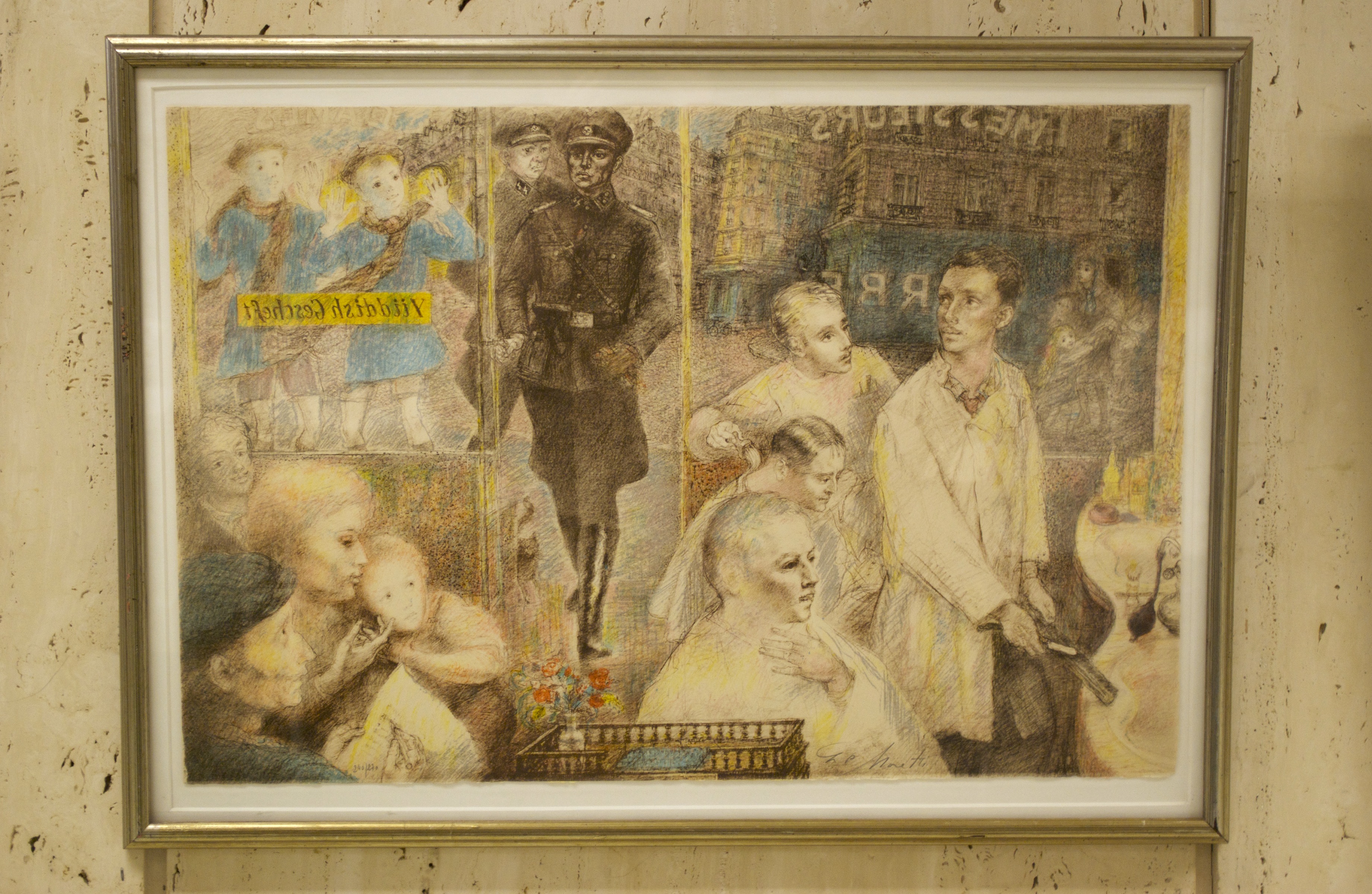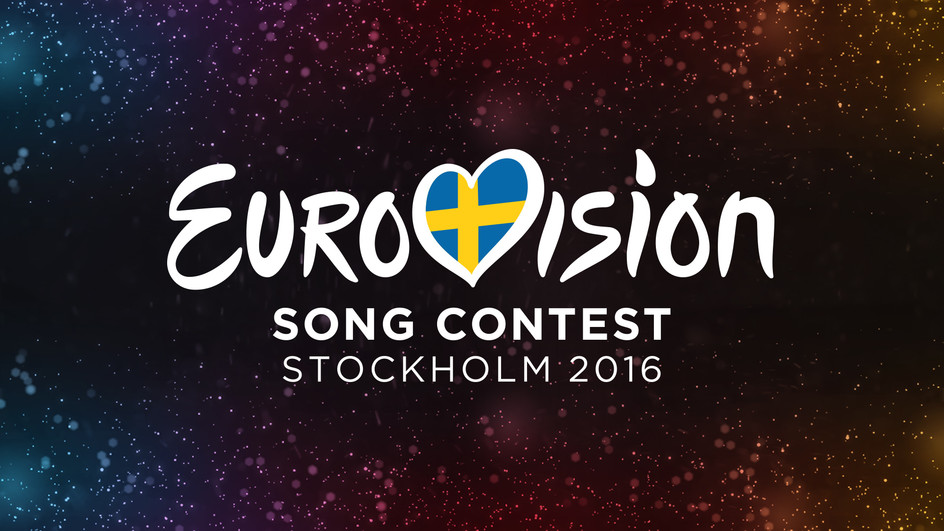
Displaced: The Semiotics of Identity, is an ambitious exhibition of art and historical artifacts that explores diverse aspects of the displacement of people and things, and its many repercussions. On display at the Wilson Library at the University of Minnesota, this sprawling exhibit inhabits walls throughout the first and the fourth floor, as well as having an online component. The exhibit’s theme is to explore the meaning made of a person’s or object’s identity in different spaces and times. The topic is in-and-of-itself huge, but the process whereby the show developed is why it is so ambitious: Displaced was curated by students.

 Eurovision Song Contest has served as a platform to strengthen both national and European identities and embrace diversity throughout every nation for over 60 years. The show’s vast influence expands to an audience of approximately 180 million people all over the world. Its expansive reach has not only sparked the careers of various performers, it has also allowed for the television program to have social, political, and cultural influence.
Eurovision Song Contest has served as a platform to strengthen both national and European identities and embrace diversity throughout every nation for over 60 years. The show’s vast influence expands to an audience of approximately 180 million people all over the world. Its expansive reach has not only sparked the careers of various performers, it has also allowed for the television program to have social, political, and cultural influence. We are collaborating with Deborah Boudewyns, UMN Art and Architecture Librarian, and instructor of a UMN course, Workshop in Art, in which students learn the skills of curating and exhibiting, using CHGS collections as the foundation of their work. These students will end the semester with an exhibition featuring CHGS art and objects, to be held in Wilson Library from April 29 – May 12, 2016, with an opening reception on April 29.
We are collaborating with Deborah Boudewyns, UMN Art and Architecture Librarian, and instructor of a UMN course, Workshop in Art, in which students learn the skills of curating and exhibiting, using CHGS collections as the foundation of their work. These students will end the semester with an exhibition featuring CHGS art and objects, to be held in Wilson Library from April 29 – May 12, 2016, with an opening reception on April 29. On December 15th, the Canadian Truth and Reconciliation Commission
On December 15th, the Canadian Truth and Reconciliation Commission  The Twitter account
The Twitter account